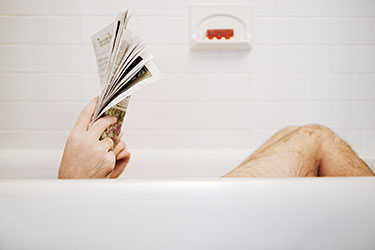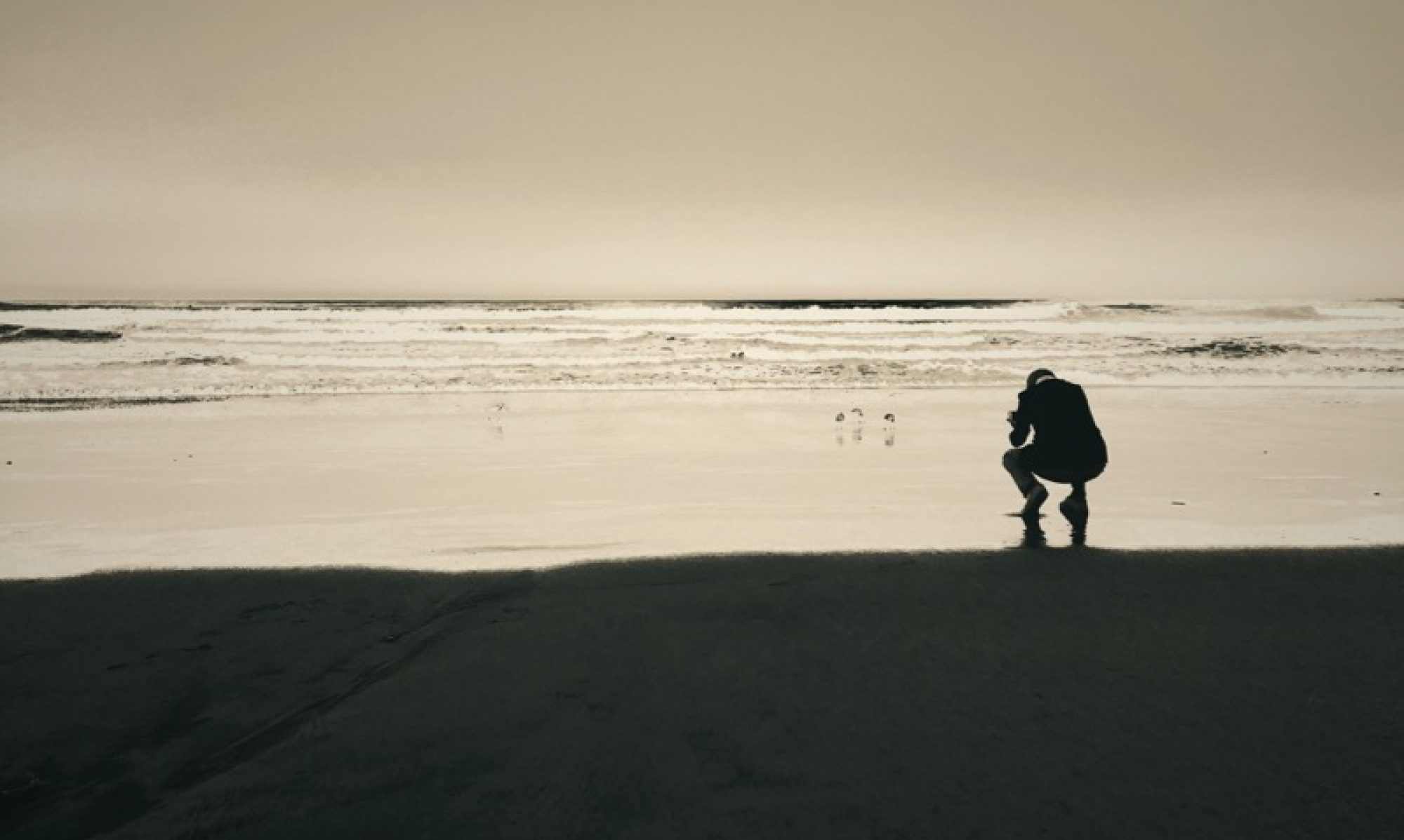I remain convinced that art and art criticism are two entirely separate fields that have almost nothing to do with each other. The one bit of overlap that I see are artists who happen to have gone through a couple of college classes in aesthetics, and have, for better or worse, picked up a certain tone (it’s an intricate mix of being the ‘lost artist soul’ and being totally grandiose, hard to achieve if that’s not been ingrained into your nature at a young age). My impression is based, in part, on the experience of reading and writing artist statements and the like, feeling that the expectations for these kinds of things are somehow shaped by the ‘other world’ – the world of art criticism. My sense is that art criticism, at its best, is a creative endeavor in itself – an exercise in expressing the *experience* of art. But that seems to have strangely little (if not to say nothing) to do with the artist, or what goes on in his or her mind when creating an image.

With this caveat, I want to point you to an essay by Charlotte Cotton on “The New Color: The Return Of Black-And-White”, published at Tip Of The Tongue. Personally, I’m not sure if I even like the question whether black and white is ‘back’, or in some way better than color. But, of course, Charlotte Cotton’s questions are more sophisticated. In part they seem to be about her own history of relating to art. One gets the sense that the elusive black-and-white image, which emulates the ways in which vision is partial and momentary, is dearest to her heart. And that there is some regret about the way these kinds of images fade into the background when legions of artists, like an army running through the day, go for bold (or subtle) color, and XX-large C-prints of empty parking lots. So there’s a sweet kind of nostalgia in her writing, to which, I guess, both worlds can relate.
What I share with Charlotte Cotton is the amazement at the uniformity of much recent work in color (oh, the temptation to moralize!). The discussion forum linked to the article has some interesting entries to that end too. A snippet from the essay: “[…] With an art market that remains suspicious of the more economic and likely artist-made inkjet print, the potential for new color languages for photography are slow to emerge. A career-oriented art photographer (and maybe this is the first generation of artists who can consider it a “career”) sticks very close to the now well-traveled path of contemporary color photography’s aesthetic homage and partial remembrance of, for example, gorgeous Kodachrome, or the beam of an enlarger. In a career-oriented era, perhaps this strategy is wiser than trying to beat a path through the resistance to presenting imagery in other ways and forms that actually respond to the potential of digitization. Of course I feel bemused at why a nascent art photographer would be so openly conservative as to adhere to apparent conventions, and at my most pessimistic, I wonder if there’s too much “trying-to-be-like” Eggleston, Shore, et al., and too little “creative-departure-from” the stellar standards that they have set […]”
